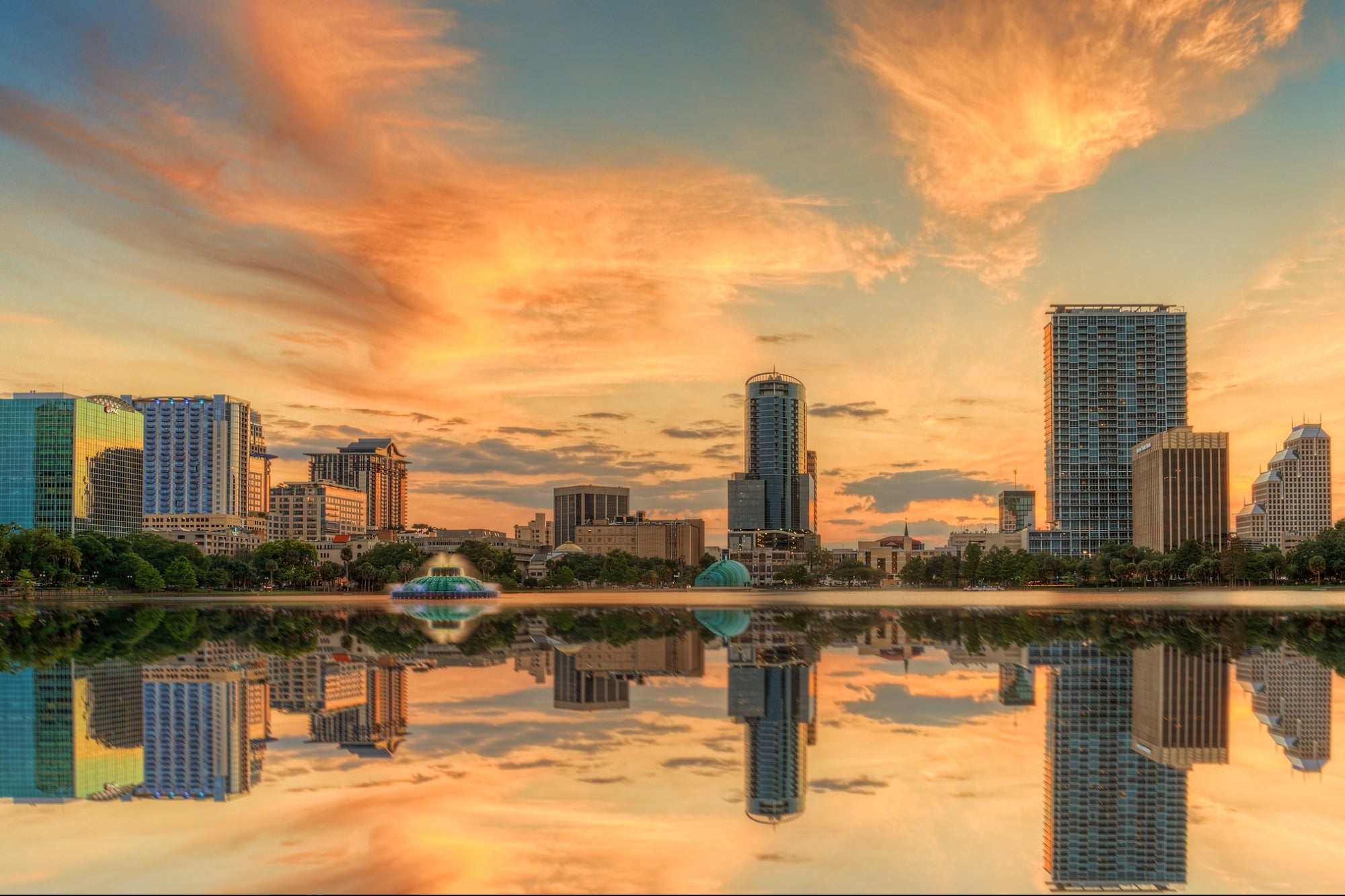As the American Museum of Natural History prepares to remove the equestrian statue of former President Theodore Roosevelt, dueling interpretations of the legacy of the nation’s 26th president stir admiration as well as contempt.
This contradiction in values, according to military historian David Silbey, points to Americans’ complicated history regarding race.
“I think both Theodore Roosevelts are true,” said Silbey, a professor at Cornell. “I think that he was certainly the kind of progressive politician of the early 20th century who started moving the United States forward on environmental and other issues. But he was also the racist who viewed other peoples around the world as distinctly inferior to Americans.”
“Race is really America’s original sin,” he told NBC News, “And our whole history is really suffused with a perspective about race that shapes what we do and how we are thinking. And that contradiction is always at the forefront of what is going on.”
On June 21, Mayor Bill de Blasio announced that the museum asked to remove the imposing 10-foot bronze statue in front of the building because it “depicts Blacks and Indigenous people as subjugated and racially inferior.”
Critics of the statue say this monument represents a racial hierarchy that favors whites over other races.
Pressure to remove the monument resurfaced when nationwide protests calling for racial justice broke out in May after the death of George Floyd at the hands of a police officer; he has since been charged with murder.
On May 23, two days before Floyd’s death, New York Governor Andrew M. Cuomo praised Roosevelt as a symbol of New York toughness—someone who found strength in unity and inclusivity. But on June 5, a man on a bike threw paint at the statue.
While the museum stated that the way Blacks and indigenous people are depicted by Roosevelt’s statue is “racist” to many, including them, they announced that they will name their Hall of Biodiversity after Roosevelt, in recognition of his commitment to conservation.
Racism, ‘Rough Riders’ and the Spanish-American War
Historians say that Roosevelt’s ideas about progress and attitudes on race can be traced back to the mainstream culture of manifest destiny in 19th century America. This popular belief defended the idea that American settlers, who were primarily white, had the right and duty to expand their territory across the North American continent from the founding 13 colonies to California.
In 1845, journalist John O’Sullivan described an “army of Anglo-Saxon emigration” pouring into California with ploughs and rifles, and marking the territory with schools, colleges, courts, and meeting places. He would coin in that same article the term “manifest destiny” to defend the occupation of two other territories—Texas and Oregon.
Roosevelt would similarly champion these early trailblazers as the ultimate conquerors who shaped America’s frontier character.
“Thus the thirteen colonies, at the outset of their struggle for independence, saw themselves surrounded north, south, and west, by lands where the rulers and the ruled were of different races, but where rulers and ruled alike were hostile to the new people that was destined in the end to master them all,” Roosevelt wrote in his book, “The Winning of the West: From the Alleghenies to the Mississippi.”
The Morning Rundown
Get a head start on the morning’s top stories.
Silbey says that Roosevelt and other U.S. elites later applied that white settler perspective of manifest destiny to defend America’s interests as a global power—as they sought to control the Caribbean and other parts of the world. The Cornell professor sees in the Spanish-American War of 1898 an example of the politics and racial attitudes that would influence U.S. policy.
“The Spanish-American War is really the U.S. stepping out on a global stage for the first time, and trying to figure out what to do as a global power,” Silbey said. “But the other part of this is that it brings with it all of its domestic attitudes about race and other people, and it starts to view other powers through this racial lens.”
Roosevelt who had been Assistant Secretary of the Navy, left his position in 1898 to lead the Rough Riders, the voluntary cavalry that fought in the Spanish-American War.
While the U.S. entered the war touting its defense of oppressed peoples like the Cubans, Puerto Ricans and the Filipinos, it did not treat them as equal partners racially. To a large extent, the U.S. saw them as “uncivilized peoples who needed to be protected, lifted, and generally acted on as a parent to a child,” said Silbey.
When considering whether Filipinos could govern themselves, President Theodore Roosevelt told Congress in 1901: “What has taken us thirty generations to achieve, we cannot expect to see another race accomplish out of hand, especially when large portions of that race start very far behind the point which our ancestors had reached even thirty generations ago.”
Regarding the Spanish-speaking Caribbean, other politicians at the time had classified the mixed populations of Cubans and Puerto Ricans as inferior to those in the United States.
The essay anthology “Race and U.S. Foreign Policy in the Ages of Territorial and Market Expansion, 1840-1900,” describes U.S. racial attitudes towards Cubans: “This mixed population was depicted as lacking the vitality of the purer races from which it had sprung. It was, moreover, regarded as inferior to the mixed breeds in the United States, for the former was at a disadvantage not only in regard to origin of stock but to cultural environment as well.”
This racial hierarchy was common in other parts of mainstream American culture. The New York Times published a speech by the leader of the Ethical Culture Society on Spanish character, 18 days before the outbreak of the Spanish-American War.
“She [Spain] has come at last to the fork of the road and must decide, and that speedily, whether she shall continue her dual existence, half savage, half civilized—half European, half African—or sever once for all from the associations of the past and ally herself, heart and soul, with the civilized world,” the New York Times reported.
For New York University professor James D. Fernández, an expert on early Spanish immigration to the United States, newspapers from that era racialized Spaniards during the Spanish-American War. But this was also contextualized, depending on whom they were compared with and when.
“Spaniards definitely were not considered white by average American standards in the 19th century. But this is also contextual,” he told NBC News. “When we study Spanish migration to Hawaii in 1907, they are considered white when compared with Native Hawaiians and Asians—but non-white when compared with others.”
Americans wanted to get Spanish immigrants to Hawaii because they wanted to “whiten the islands,” said Fernández. By comparison, he said, Puerto Ricans who had also been recruited to work in Hawaii at the beginning of the 20th century were considered “white enough” when compared with Asians.
“Compared with Filipinos or Japanese or Chinese or Koreans, who were the main workers in Hawaii then, Spaniards [and Puerto Ricans] were white,” Fernández said. “But in another context, those same Spaniards were not white, depending on who you compared them with.”
Roosevelt and Black veterans
When it came to Blacks who served with Roosevelt in the Spanish-American War, “not only was Roosevelt unenthusiastic about their participation, but he also was not going to try to get the American public to think of African American soldiers as being heroic,” Silbey said.
Historians have pointed out that Black soldiers from the 10th Cavalry beat out Roosevelt’s famous Rough Riders volunteer cavalry to the top of one of the major hills in the Battle of San Juan. That wasn’t a story that Roosevelt wanted to tell, Silbey says. In fact, Roosevelt describes a white-dominant hierarchy that underplays the accomplishments of black soldiers.
“No troops could have behaved better than the colored soldiers had behaved so far; but they are, of course peculiarly dependent upon their white officers,” Roosevelt wrote in his war memoir “Rough Riders.”
And when those white officers had been wounded, killed in action, or gone missing, he noted how black soldiers could not withstand the pressure of war.
“None of the white regulars or Rough Riders showed the slightest sign of weakening; but under the strain the colored infantrymen (who had none of their officers) began to get a little uneasy and to drift to the rear, either helping wounded men, or saying that they wished to find their own regiments,” Roosevelt wrote. He said he had to draw his revolver to stop black soldiers from retreating.
Over a century after Roosevelt published his Rough Riders memoir in 1899, his great-grandson, Mark Roosevelt, recently told viewers in a CBS interview that he agreed with the museum’s decision.
“If we wish to live in harmony and equality with people of other races, we should not maintain paternalistic statues that depict Native Americans and African Americans in subordinate roles,” he said. “The statue of Theodore Roosevelt, my great-grandfather, in front of New York’s Museum of Natural History, does so, and it is good that it is being taken down.”
As Americans debate the legacy of Theodore Roosevelt, Woodrow Wilson, Thomas Jefferson, George Washington and other historical figures, Silbey said that the country needs to address the footprint of racism on our past. This begins by understanding the ways different people connect with our history.
“One of the perils of being a historian is that there aren’t any good people in history,” he said. “But I think, like with all historic figures, who Roosevelt is depends on who you are, and how he fit you into his world view.”
Follow NBC Latino on Facebook, Twitter and Instagram.




















